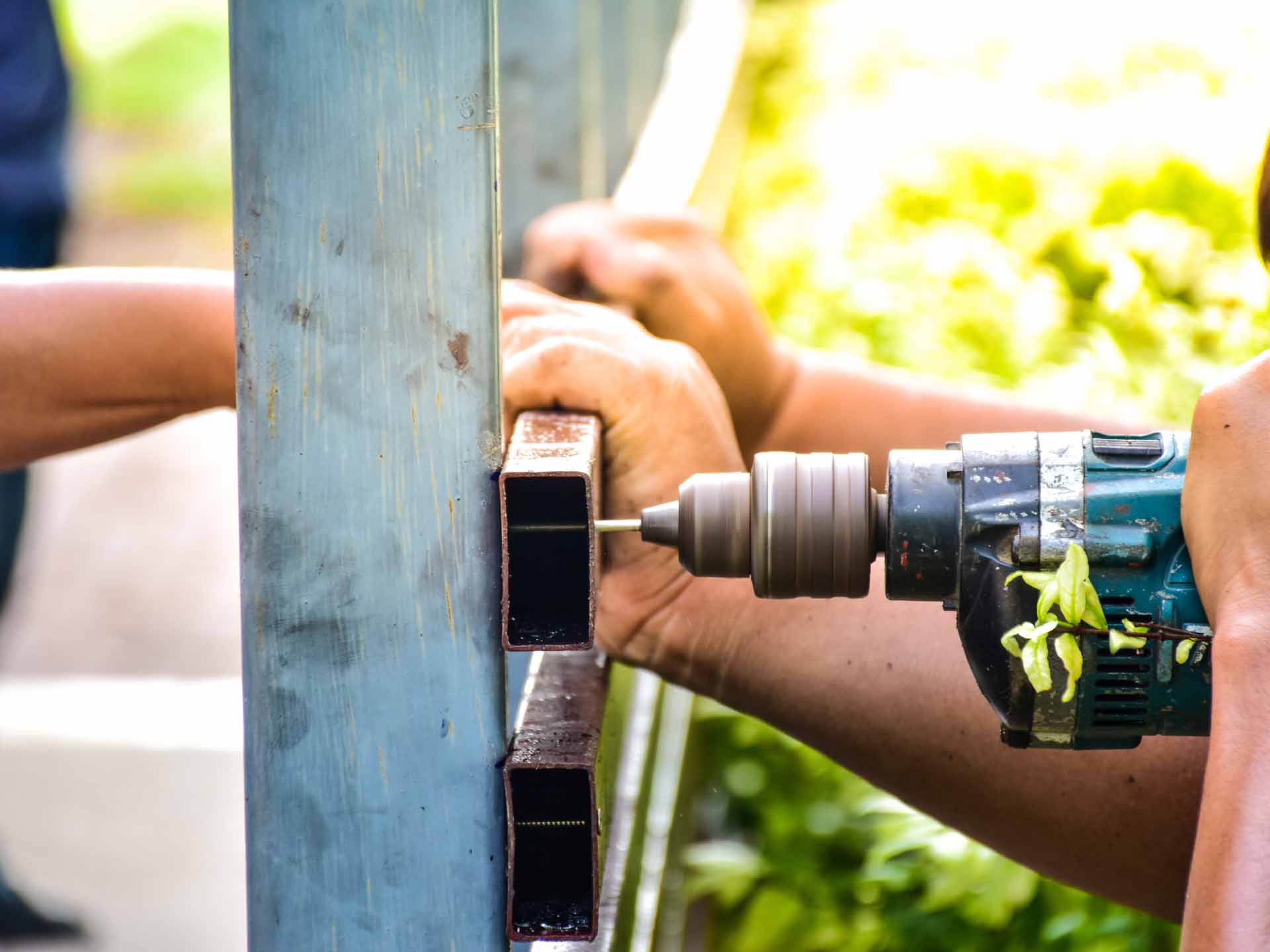Dealing with fencing and boundaries

Home, but out of bounds
Whether you’ve been living in your home for years, just purchased a property, or you’re about to buy a parcel of land to build your dream home, you could suddenly find yourself dealing with fences that are in the wrong place.
Check out these tips for homeowners facing an incorrectly fenced boundary.
1. Follow the law and communicate
If you have reason to believe your property’s fences are incorrectly placed, there is a clear path to follow to correctly determine your property’s true boundary and work with your neighbours to resolve the situation. The law is important and should be used to guide any action you take to resolve a boundary dispute, but maintaining calm and honest communication can be just as valuable in working toward a mutually agreed plan and avoiding conflict. The Legal Services Commission of SA offers detailed information and advice.
2. Hire a licensed surveyor
Only a licensed surveyor can legally survey and mark a property’s boundary. If both parties agree to the survey, you can identify and engage a surveyor and share the cost. If your neighbour agrees to the survey, but does not wish to share the cost or refuses to have the survey carried out, you may decide to arrange and pay for it yourself. The cost of a survey can reasonably be included in the total cost to replace a fence that doesn’t sit on the property’s boundary, but you’ll need to show the survey was a necessary part of the proposed work. Once the boundary is identified and marked, anyone who moves or removes a survey mark may face fines and legal action. Licensed surveyors are registered with the Surveyors Board of SA.
3. Provide sufficient notice
When it comes time to rebuild, repair or move a fence, you should supply your neighbour with sufficient notice in writing – a notice of intention, which should be delivered personally or sent via registered post. If your neighbour disagrees, they have 30 days to respond with a cross-notice, which may detail any objections and counter proposals, but they don’t have to provide details. It’s only if you take the matter to court that your neighbour will have to provide a good reason for their objection. Consent can be assumed if you don’t receive a written objection within 30 days.
4. Secure agreement
Fences are a jointly-owned structure so even if you want to pay all the costs, you still need your neighbour’s agreement to remove the existing fence. Then, you need agreement on the type and material of the new fence, the timing of installation or construction, as well as approval from your neighbour to enter their property to carry out the work. While fences are considered to be shared equally between neighbours, no-one is legally obliged to pay for the construction, repair or maintenance of a fence unless it is mutually agreed, and the person making the request has provided the proper notifications, or a court orders them to do so – but that can be expensive. If the existing fence sits a short distance from the boundary, a court isn’t likely to order its relocation. It’s more likely to order compensation be paid.
5. Seek council approval
Assuming your neighbour agrees, check with your local council for approval of the proposed fence and make sure any legal requirements are met before work starts. Councils may have local area requirements, but there are also a range of restrictions to be aware of, including stone, brick or concrete fencing that’s more than one metre high, any fence that’s higher than 2.1 metres, and fences located near a road intersection. Brush fences cannot be built (or existing ones replaced) where they are less than 3 metres from a dwelling.
6. Dealing with encroachments
In the spirit of maintaining good neighbourly relations, if a licensed surveyor’s report confirms a property’s boundary is being encroached substantially and/or includes a structure, such as a building or driveway, it’s worthwhile having a discussion with your neighbour – involving a professional mediator if need be – to talk about options and work towards an outcome. If you’re unable to reach an agreement, you can submit an application to the Land and Valuation Court, which will consider a range of factors, including the nature and degree of the encroachment, the losses each party can expect, and the circumstances that led to the encroachment – among others.





.png)


